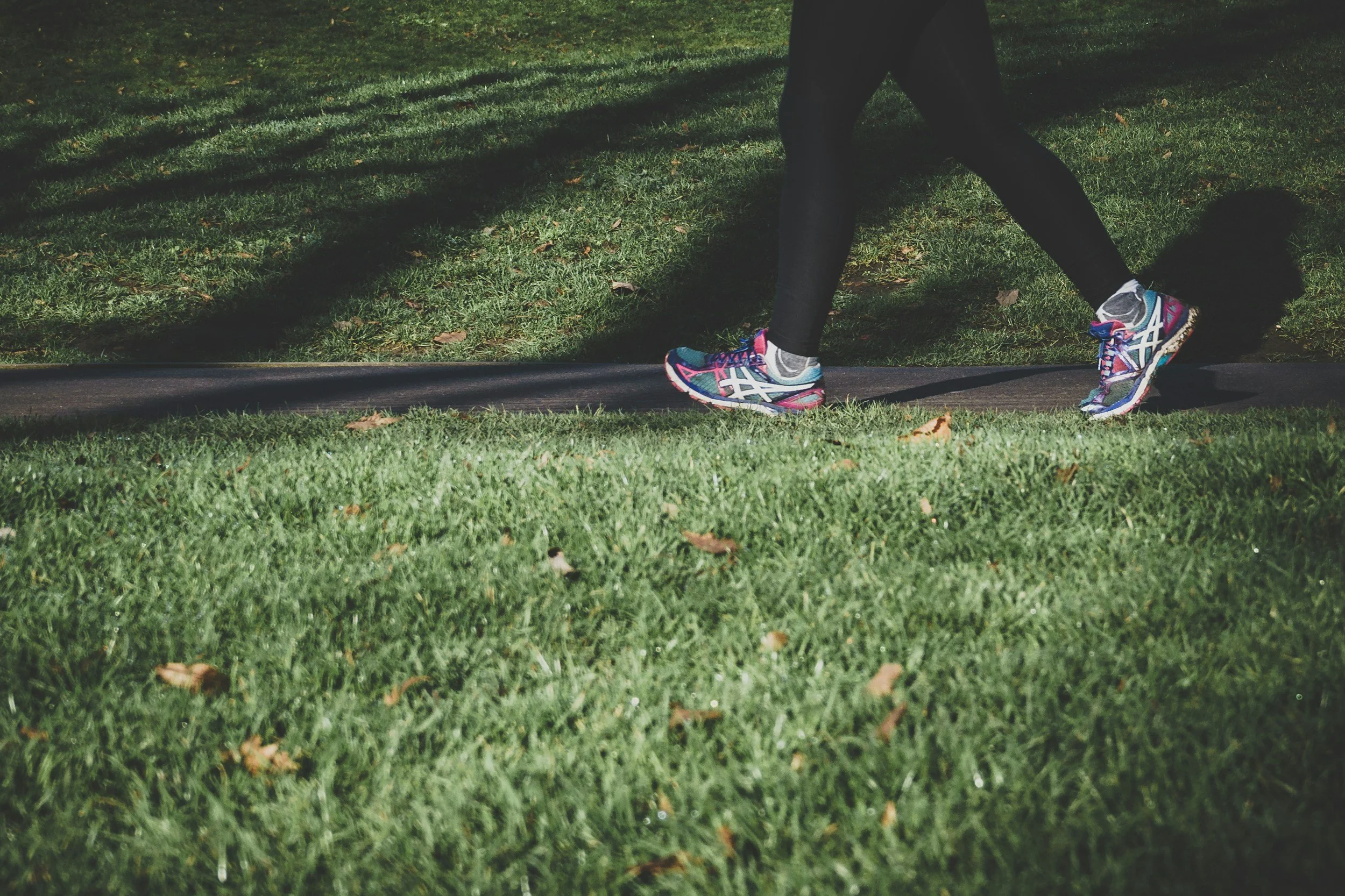How to Train Smarter Through Menopause: What Every Woman Needs to Know About Body Composition, Cardio, and Hormones
Let’s Talk About the Shift No One Warned Us About…
If you’ve hit your late 30s or 40s and started noticing your body changing in ways that feel unfamiliar—like stubborn weight gain around your midsection, or feeling softer in places that used to feel strong—you’re not imagining it. This isn’t about “doing something wrong.” It’s about entering a new phase of life: perimenopause.
During this transition, hormones—especially estrogen—start to fluctuate and eventually decline. That hormonal shift impacts how your body stores fat, builds (or loses) muscle, and responds to stress. You might find that the workouts and eating habits that used to “work” don’t seem to have the same effect anymore. And that can feel frustrating and even a little defeating.
But here’s the thing: it doesn’t mean progress is off the table. It just means you need to train a little differently and support your body in smarter ways.
In this blog, I’ll break down how your training, daily activity, and nutrition might need to shift in this season—and why those changes can make a big difference. We'll also talk about why old-school “just do more cardio” advice doesn’t cut it anymore, and what to do instead.
Let’s dive in, together.
Why Long Cardio Sessions Might Not Be Helping Anymore
If your go-to for staying in shape has always been long runs, cycling classes, or hours on the elliptical—this part is for you.
While steady-state cardio still has benefits, especially for heart health, it’s not the most effective tool for improving body composition during perimenopause and postmenopause.
Long cardio sessions don’t stimulate your hormones or nervous system in the way your body now needs. With declining estrogen, your ability to maintain muscle and burn fat shifts—and you need workouts that help you adapt.
Enter Sprint Interval Training (SIT). This style of training involves short bursts of high-effort movement (think sprints, hill walks, or jump squats) followed by longer rest periods. It’s intense—but short—and highly effective.
Research shows that just a few sessions per week can lead to:
Increased lean muscle mass
Reduced abdominal fat
Improved insulin sensitivity and metabolism
(Source: Maillard et al., 2018, Obesity Reviews)
And you don’t need to be an athlete to do it. SIT can be scaled for walking, biking, rowing—whatever works for your body.
What’s the Deal with the Nervous System, Anyway?
As your hormones shift, so does your nervous system’s sensitivity to stress. Long workouts, under-eating, poor sleep—your system feels it all more acutely now.
Too much steady-state cardio can increase stress hormones like cortisol. Over time, that can:
Lead to more belly fat
Disrupt sleep
Reduce muscle tone
Leave you feeling drained and frustrated
SIT, on the other hand, gives your system a quick burst of stress—and then plenty of time to recover. This stimulates fat-burning chemicals (like catecholamines) without overwhelming your body. It’s a more efficient, hormone-friendly way to train.
NEAT: The Underrated Fat Loss Hero
Let’s zoom out from workouts for a second.
One of the most effective fat loss tools? Daily movement.
NEAT (Non-Exercise Activity Thermogenesis) includes everything you do outside the gym—walking the dog, cleaning, grocery shopping, even fidgeting. These small movements add up to a massive impact on your total daily energy burn.
Aim for 8,000–10,000 steps a day. It might sound like a lot, but it’s doable—especially if you break it into chunks (a walk after meals, a mid-day break, parking farther away).
NEAT also reduces inflammation, improves mood, and boosts energy—all essential for thriving during this hormonal shift.
Fuel Like You Mean It
Nutrition is your foundation. And now more than ever, you need to fuel—not restrict.
Here’s what matters most:
Whole, nutrient-dense foods
Base your meals around lean proteins, colorful veggies, healthy fats, and slow-digesting carbs. These foods stabilize blood sugar and support your metabolism.
Protein, protein, protein
Your muscle needs it—especially now. Try to get 20–30g of high-quality protein at each meal.
Hydration & minerals
Hormonal changes can affect fluid balance. Drink water, and consider adding electrolytes if you’re active.
Limit alcohol
Alcohol messes with sleep, hormones, and recovery. Even cutting back slightly can help with fat loss and energy levels.
Final Thoughts: You’re Not Broken—You’re Just in a New Phase
If your body feels different, that’s because it is different. But that doesn’t mean it’s broken. It just means it’s asking for a new approach—and you’re more than capable of giving it that.
When you shift your workouts, your mindset, and your daily habits to support where your body is now, the results will follow. You’ll feel stronger, more energized, and more you than ever before.
And if you want support along the way? I’m here. Whether it’s training, nutrition, or just figuring out where to begin—I’ve got your back.
Want to learn more about how to train through perimenopause and beyond?
Reach out to me directly or use the contact form on my site. Let’s find a plan that works with your body—not against it.


